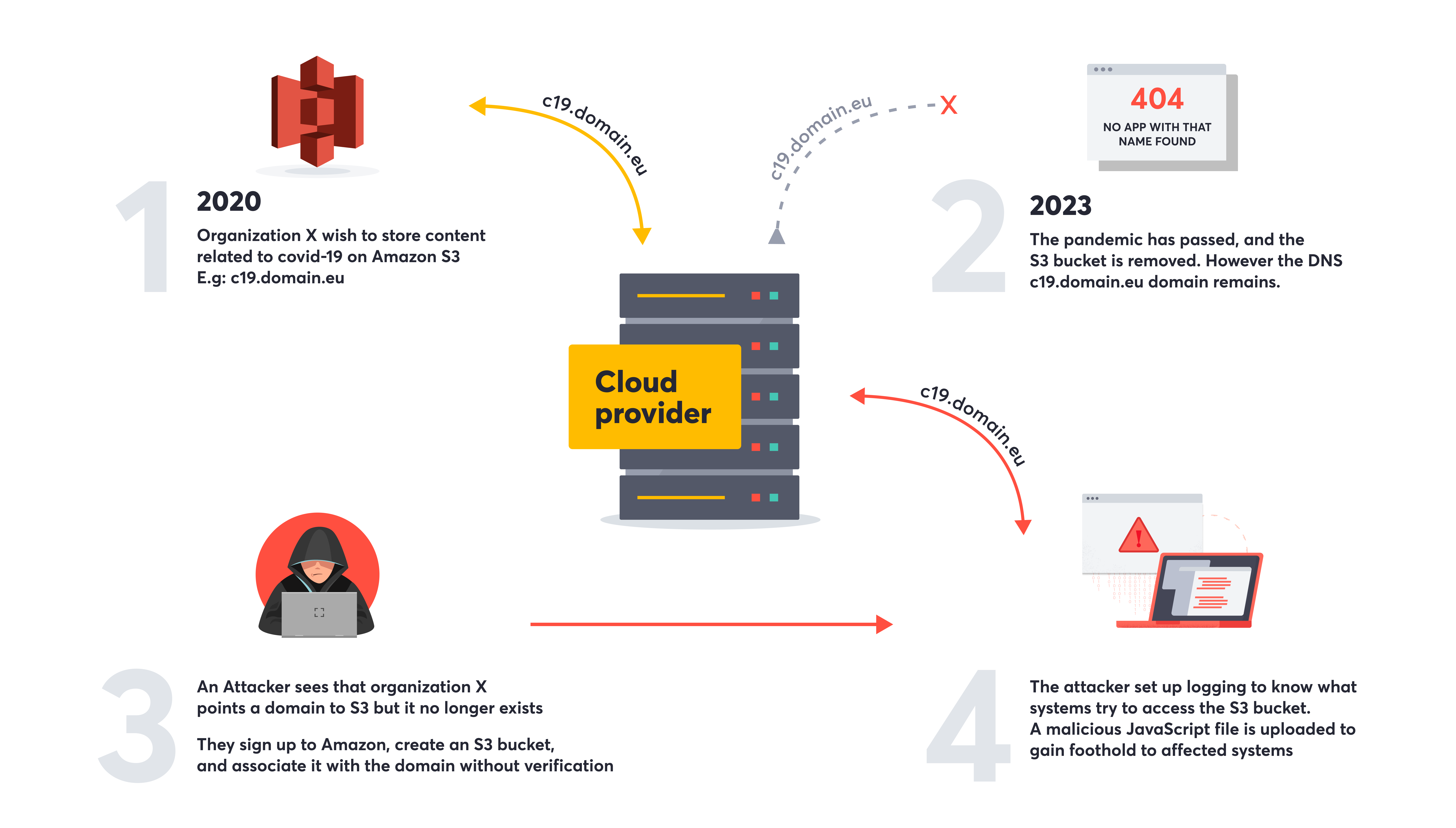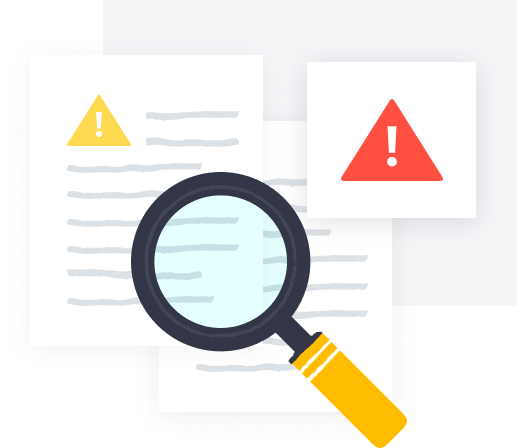This ultimate guide to common attack vectors in cybersecurity has offered insights into what an attack vector is, examples of cyber attack vectors, and how you and your organization can minimize the danger of potential attack vectors.
Many external attack surface management tools stop at the "Discovery" phase of assets. Tools like Detectify go further by combining monitoring of assets with vulnerability scanning to help organizations with the next steps in protecting their attack surfaces. We give you the most accurate information about your attack surface as things change and help you and your organization decipher the most critical and crucial vulnerabilities to prioritize.
The only way to secure your attack surface is to hack it, and that's why Detectify uses the ethical hacker community to collaborate on research and methodology.
Start vulnerability testing to find exploitable anomalies across your attack surface with Surface Monitoring and Application Scanning.
Surface Monitoring
Surface Monitoring runs assessment by continuously scanning for vulnerabilities across your attack surface. Starting at the domain level, it discovers and monitors assets you may not even be aware of.
View product details.
Application Scanning
Application Scanning goes beyond the capabilities of "traditional" DAST scanners. It leverages proprietary engines for crawling, fuzzing, authentication, and payload-based testing.
View product details.






